


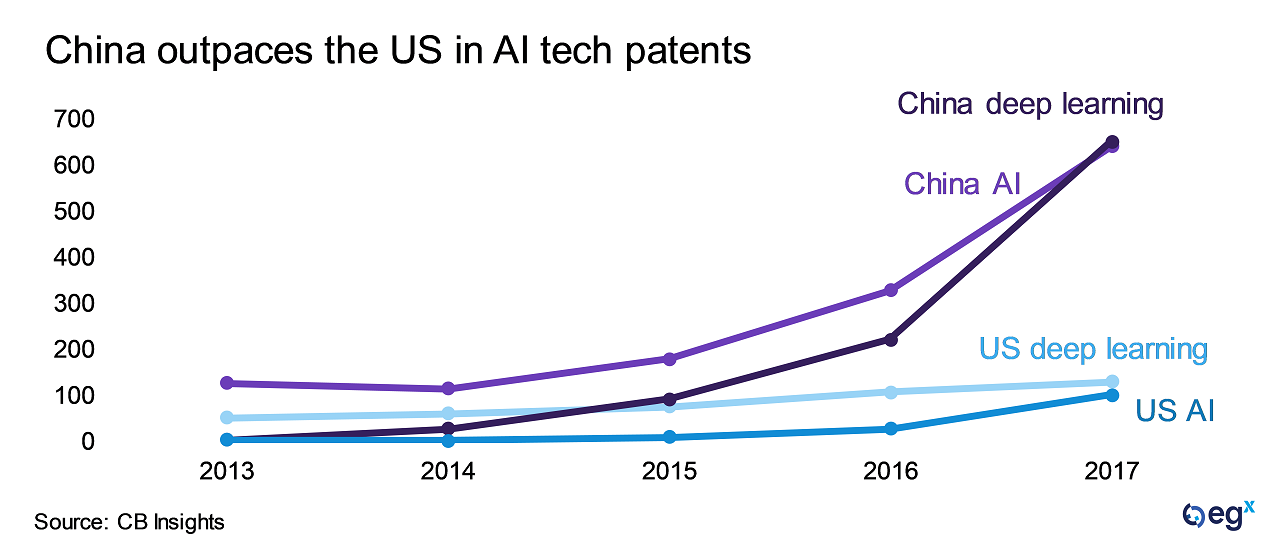
The US returns to protectionism
The US-China trade conflict highlighted a broader trend in the US the past year – the Trump administration's reversing of a decades-long trend towards more open borders for goods and people.
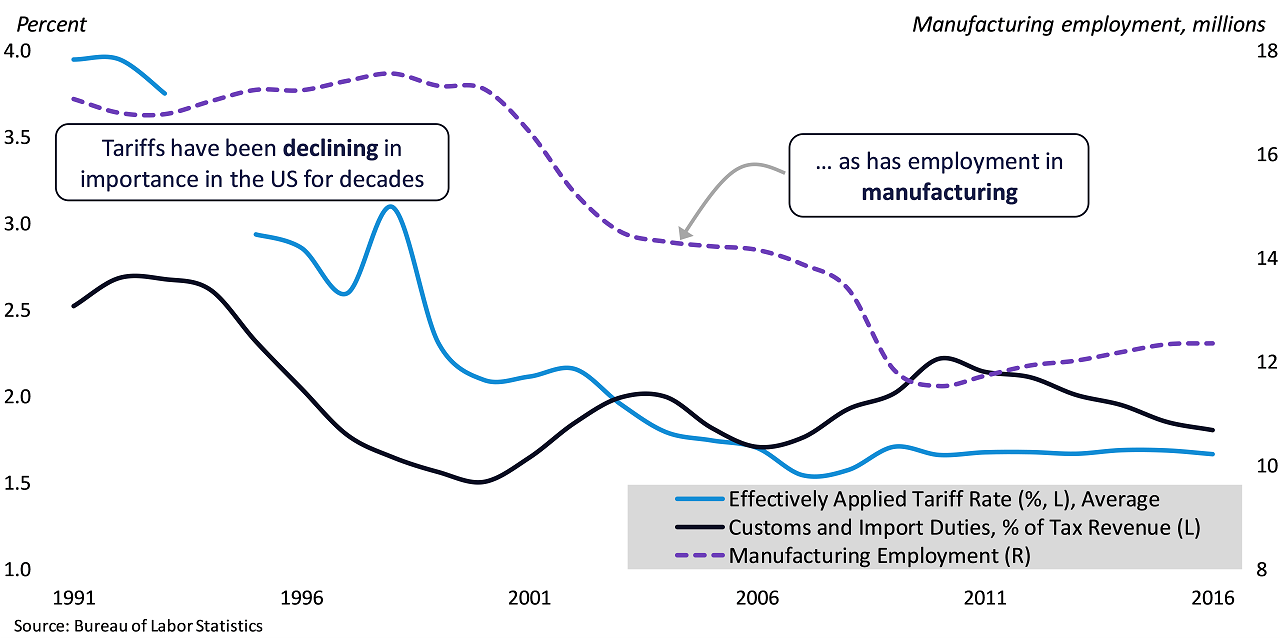
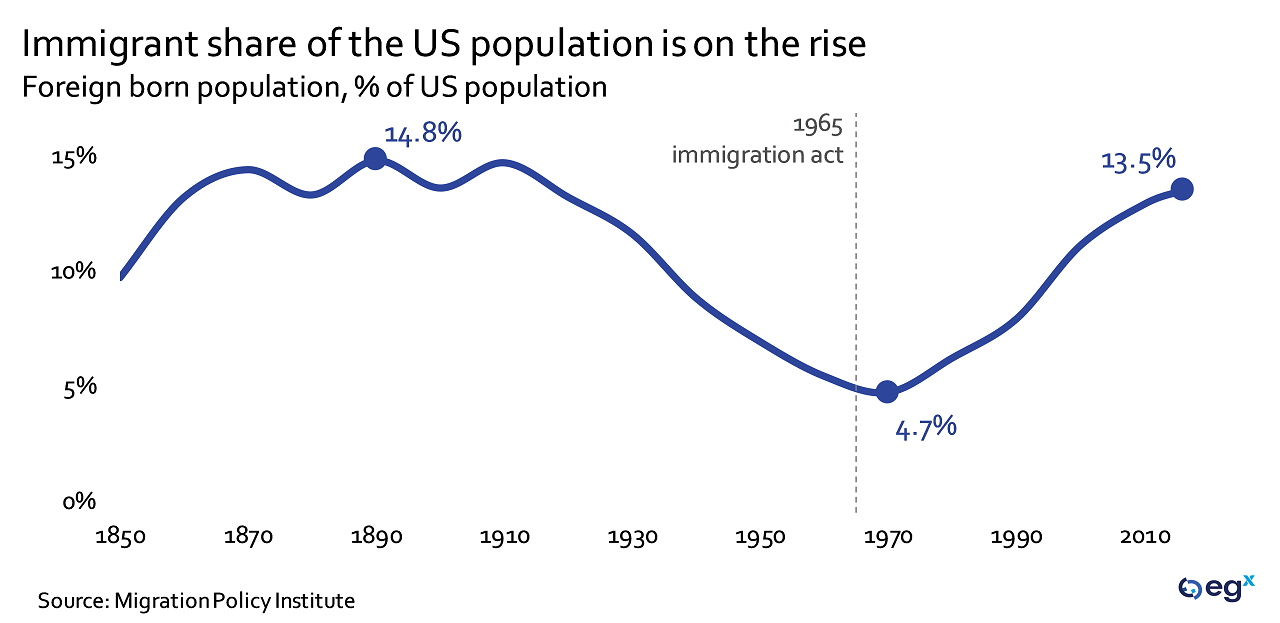
The US also continued its retreat from multilateralism in 2018. In the past year, President Trump has decreased funding for multilateral institutions and has withdrawn from several key agreements.
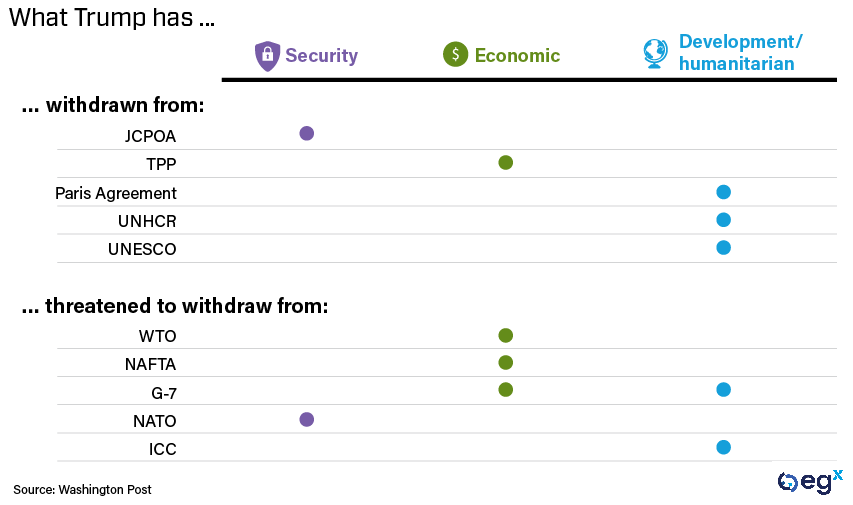
Trump has renegotiated long-standing trade agreements and redefined the rules of the international trade order, which he sees as unfairly burdening the US.
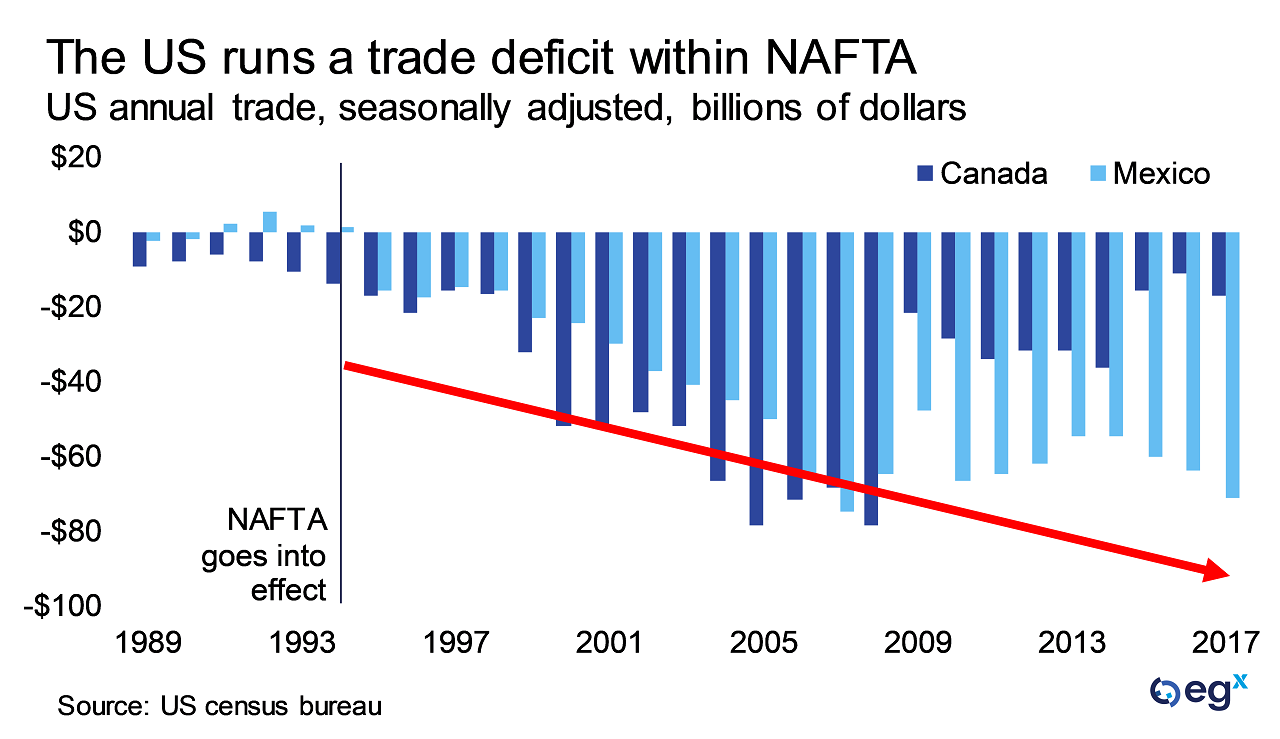
Attempting to disentangle the US from a complex chain of global supply chains has come with costs. For example, Trump's threats to impose tariffs on auto imports has concerned auto manufacturers in the US, which rely on components manufactured around the world.
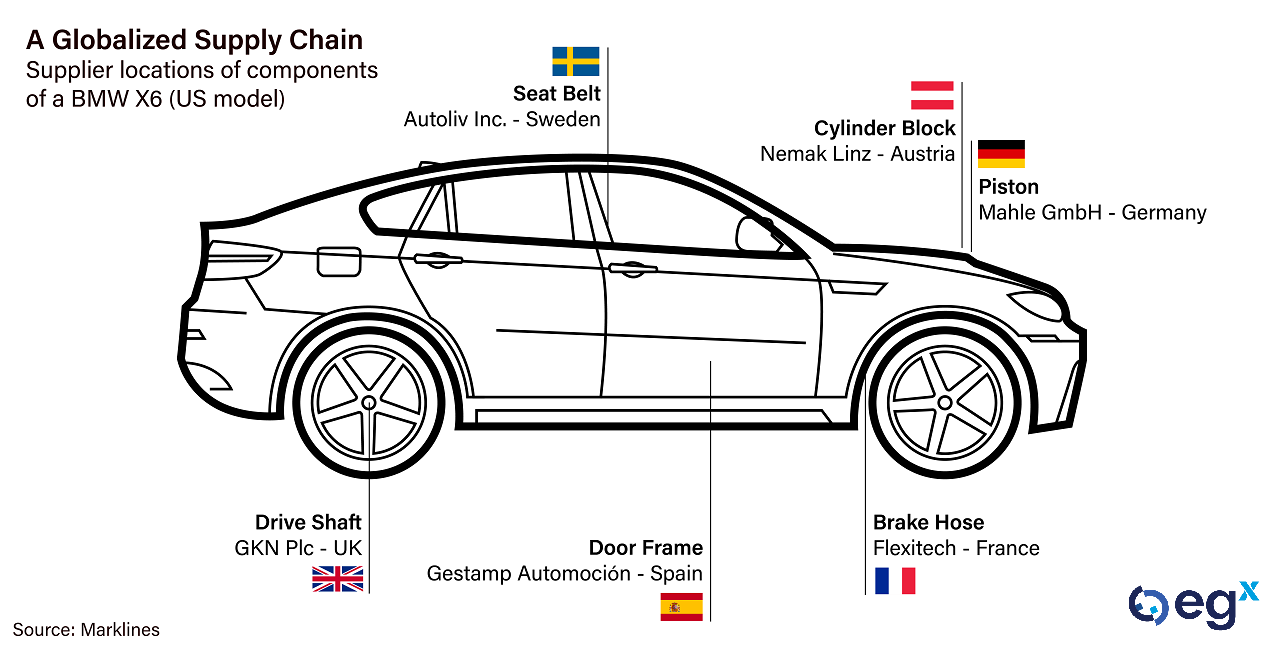
The impact of Trump's trade policies will be felt the most acutely in the states where his political base lives. These mounting concerns over trade helped drive a Republican setback in the midterm elections.

An eventful year for emerging markets
2018 was an especially consequential year in politics for emerging markets, with a large number of important elections taking place.
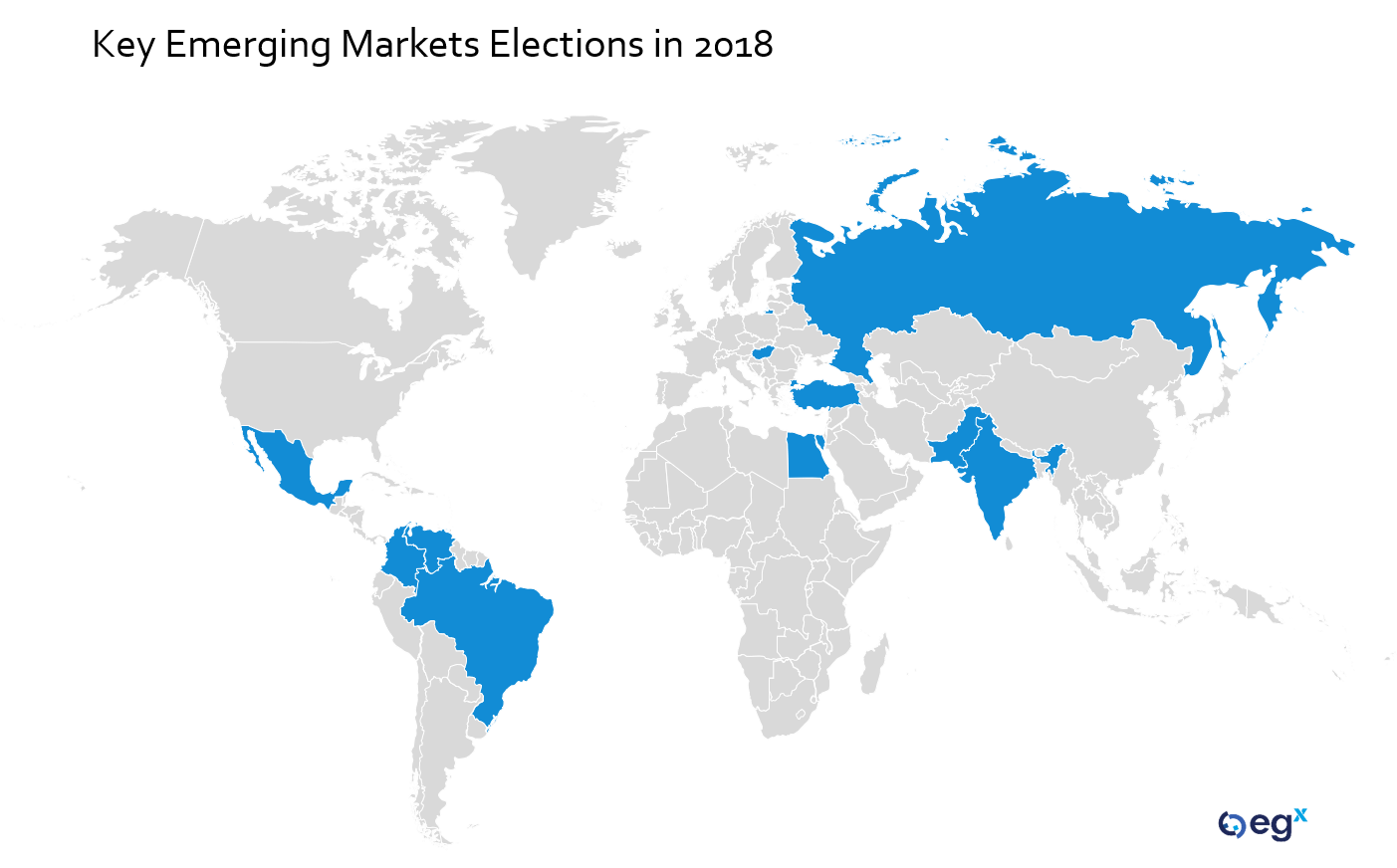
Despite growing unrest and declining social stability in places like Turkey and Venezuela, authoritarian rulers around the globe secured additional terms in office.

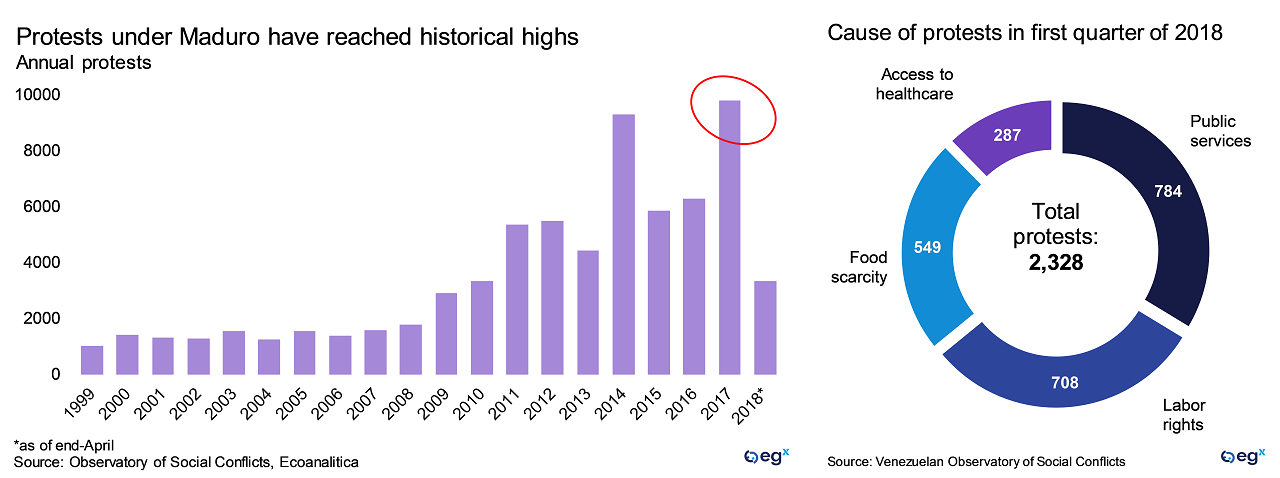
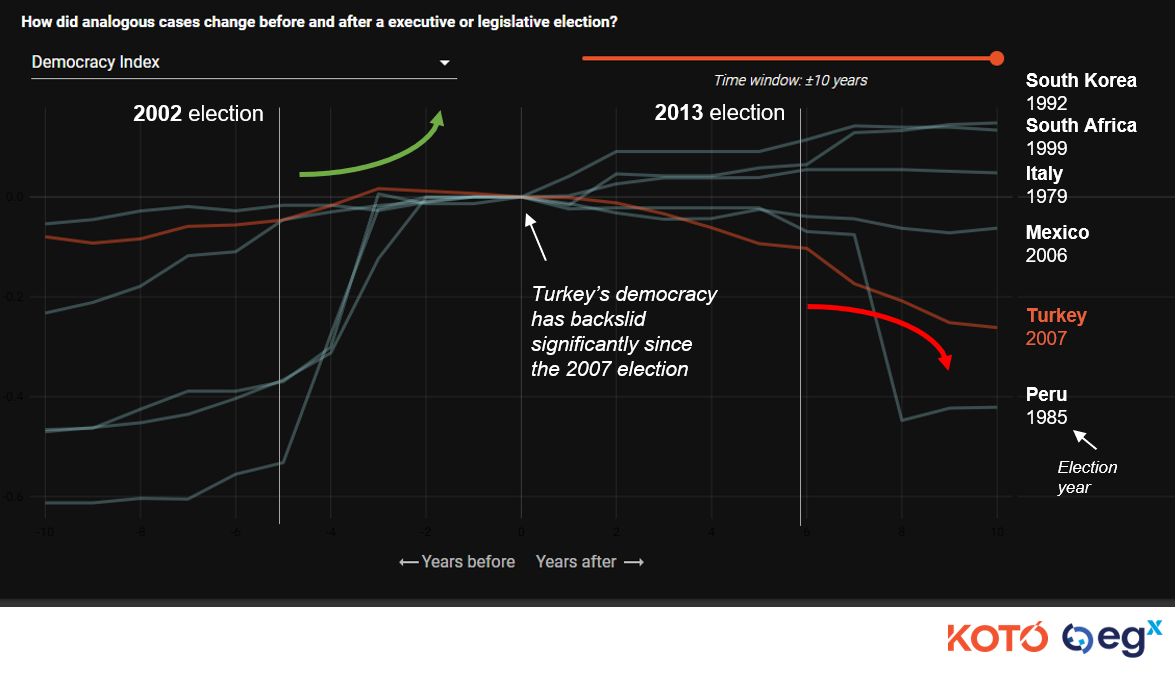
In Brazil and in Mexico, anti-establishment candidates won presidential elections. Despite being at opposite ends of the political spectrum, Jair Bolsonaro and Andres Manuel Lopez Obrador (AMLO) both capitalized on the surge in populist anger.
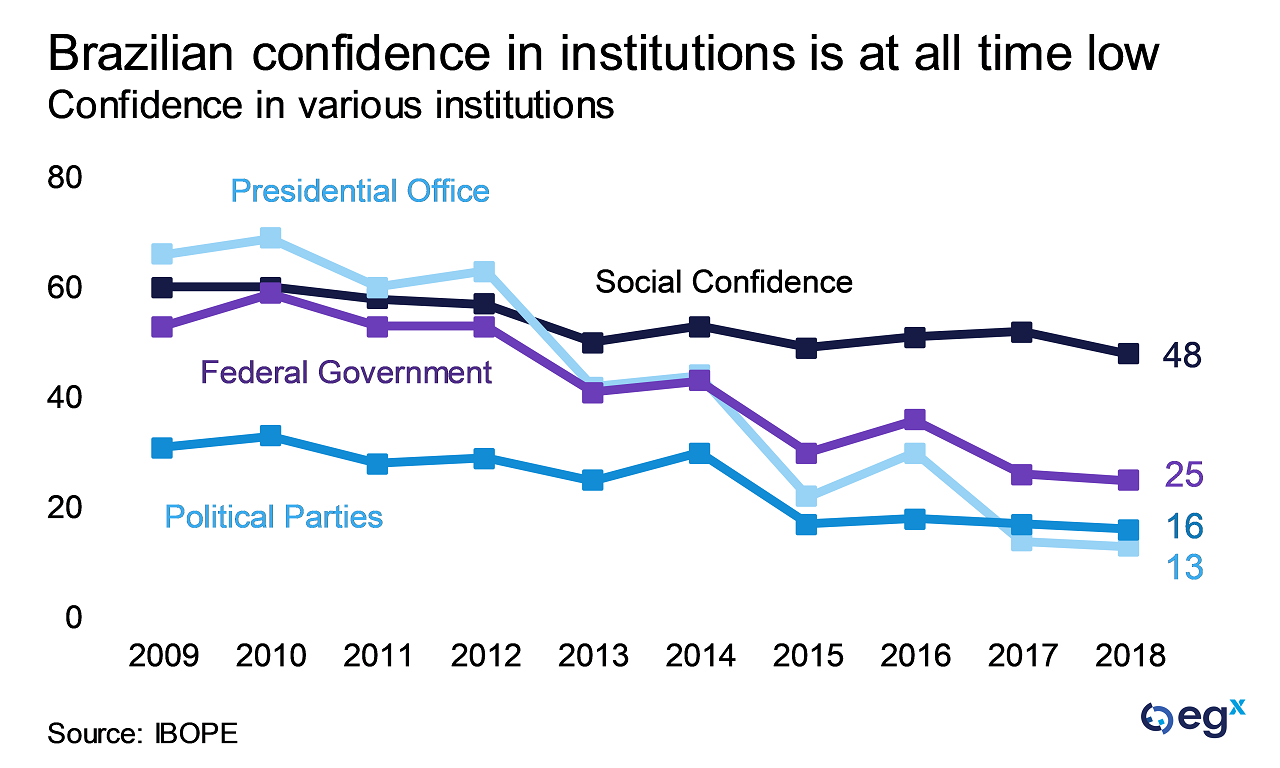

2018 was a turbulent year for emerging markets currencies. Rising oil prices and a strengthening dollar put pressure against emerging markets, and drove currency crises in especially vulnerable economies such as Argentina and Turkey.

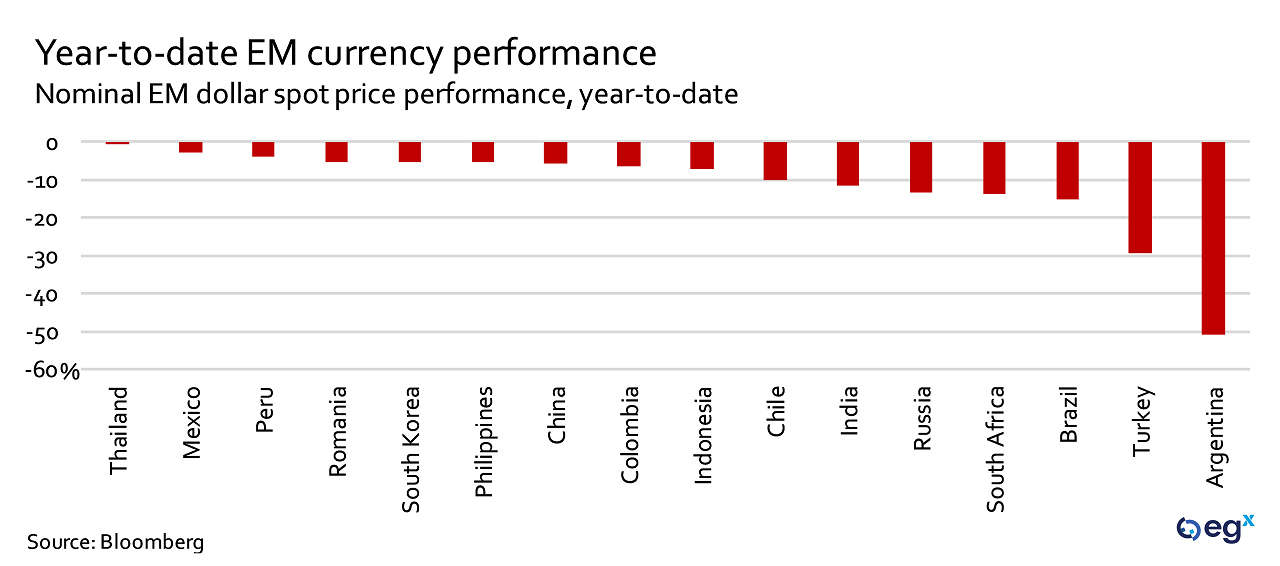
Troubles in Europe
The political environment proved similarly difficult for developed markets in Europe in 2018.
The outlook for Eurozone reforms was already challenging, but has been further complicated by politics in France and Germany. The backlash against Chancellor Angela Merkel's and President Emmanuel Macron's governments will come to head in the 2019 European Parliament elections, where Euroskeptic parties are expected to see large gains.
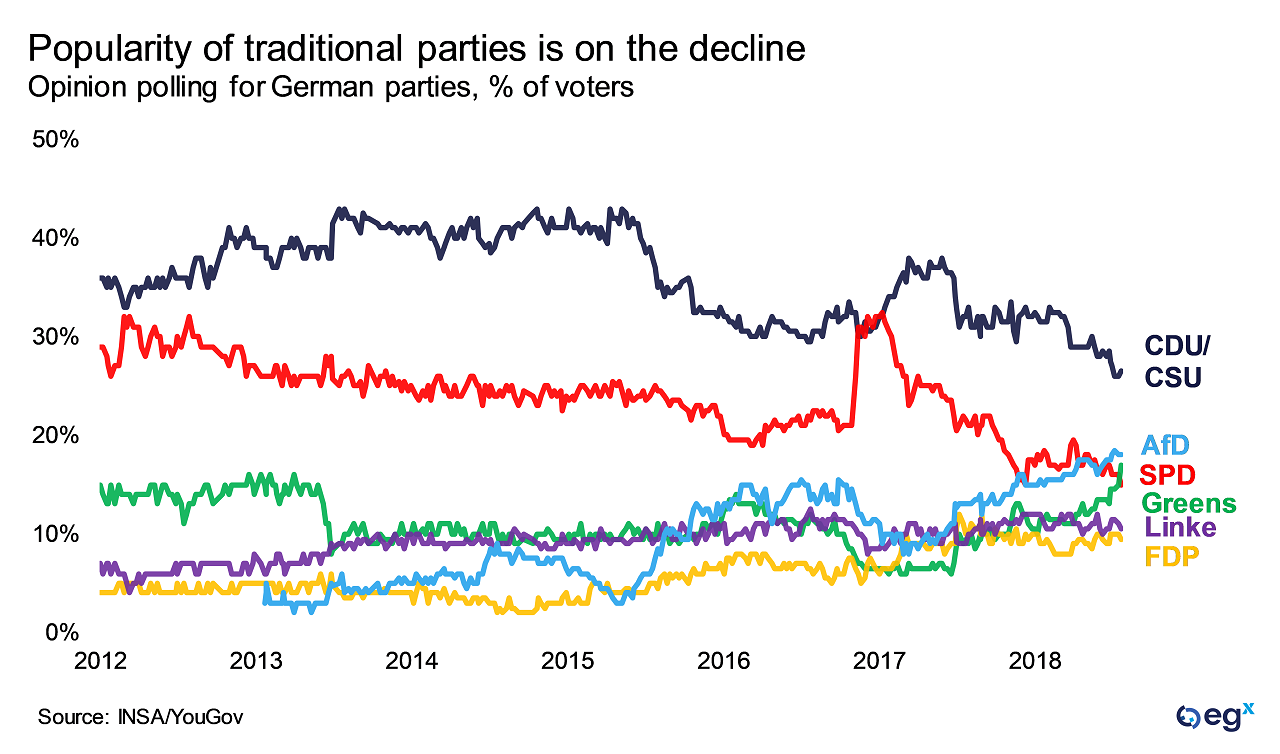

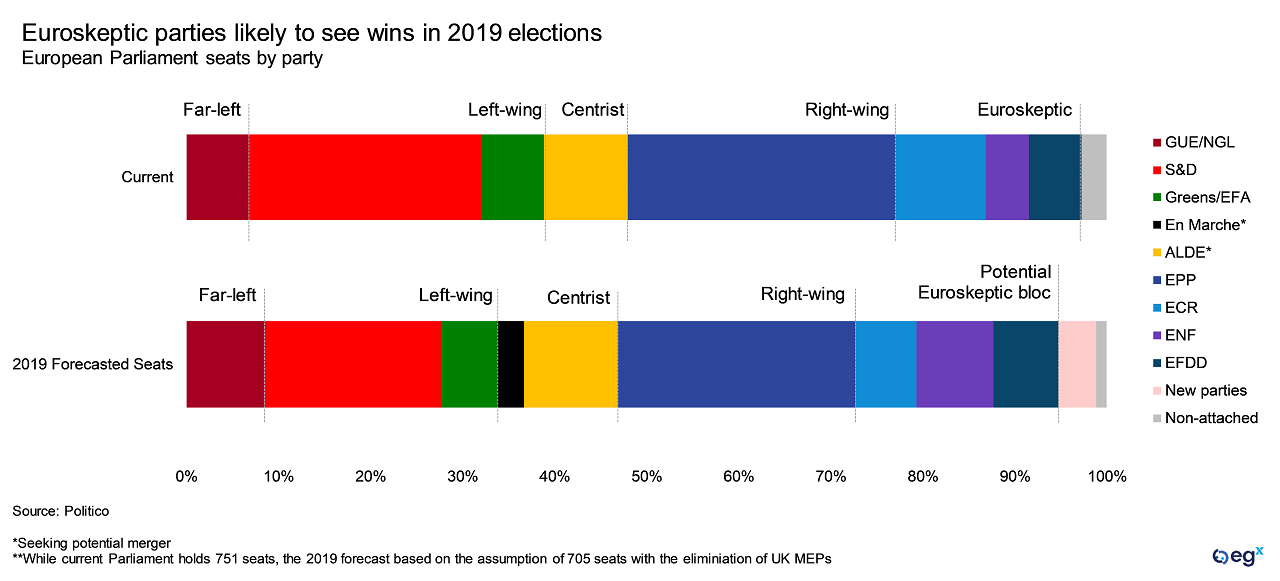
The budget standoff between Rome and Brussels has also derailed the path to Eurozone reform this year. A fractured election and a government crisis have impaired Italy's political capacity – already the lowest in the EU.

In the UK, Prime Minister Theresa May survived a tumultuous year and a vote of no-confidence, but now faces a huge challenge in getting her Brexit deal passed through the Commons.
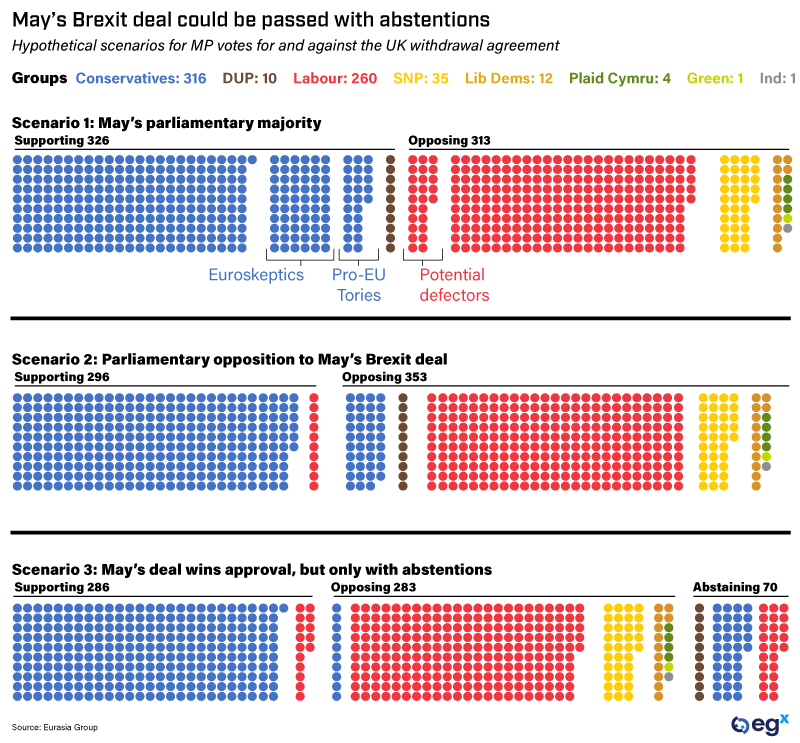
The year also saw a significant worsening of EU-Russia relations over issues related to cyberattacks, the Skripal case, and the Gazprom pipeline. The recent Kerch strait incident will also likely prompt additional sanctions from the US and EU, though a military escalation remains unlikely.

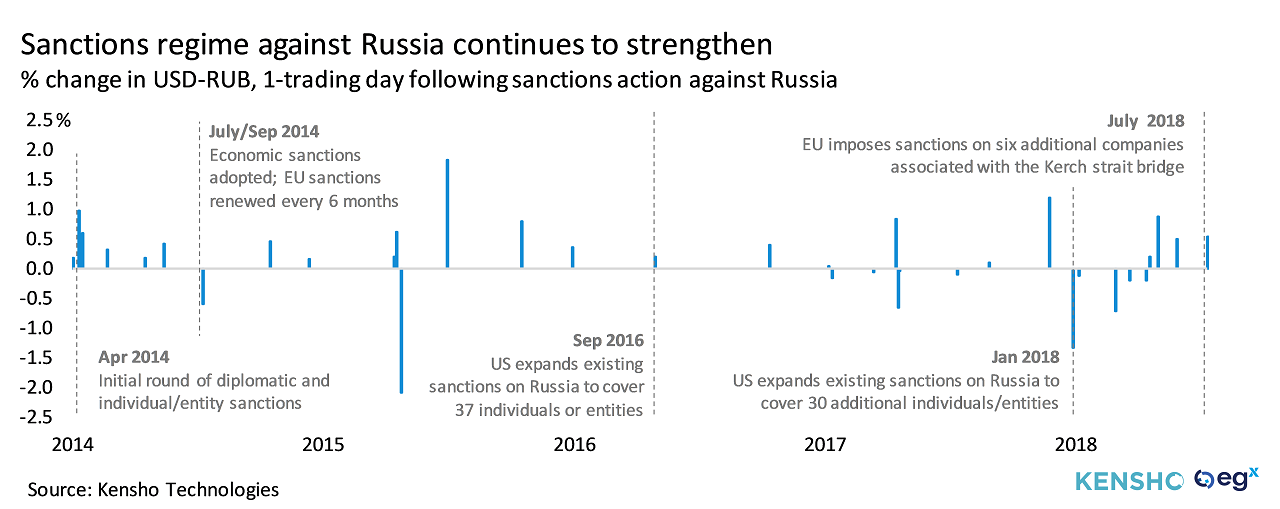
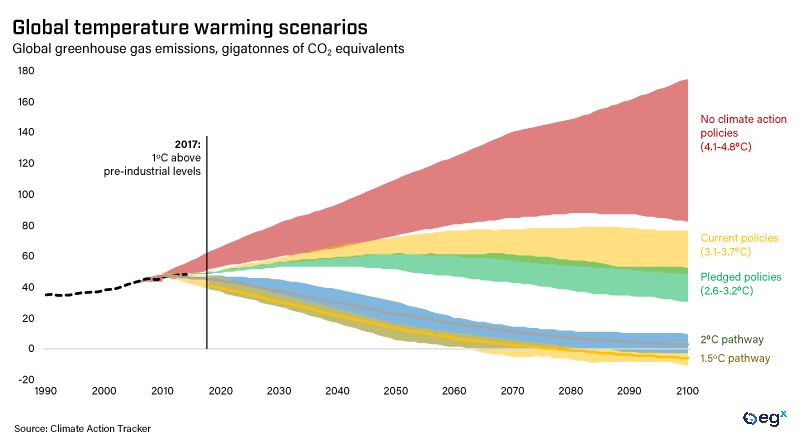

2018 also marked the anniversary of the #MeToo movement, shining a spotlight on the often-unreported occurrence of sexual harassment and violence. Despite the tremendous inroads that women have made in recent decades, gender gaps persist on a global scale across a wide array of life measures.

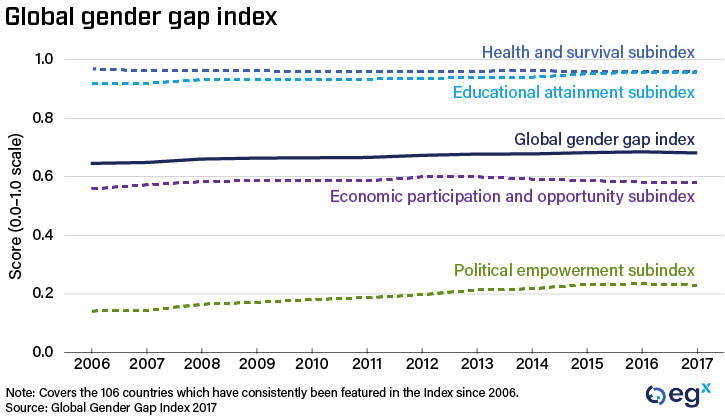
Anti-migrant sentiment continued to persist on both sides of the Atlantic. The surge of migrants in recent years has followed global patterns of political stability and economic growth.

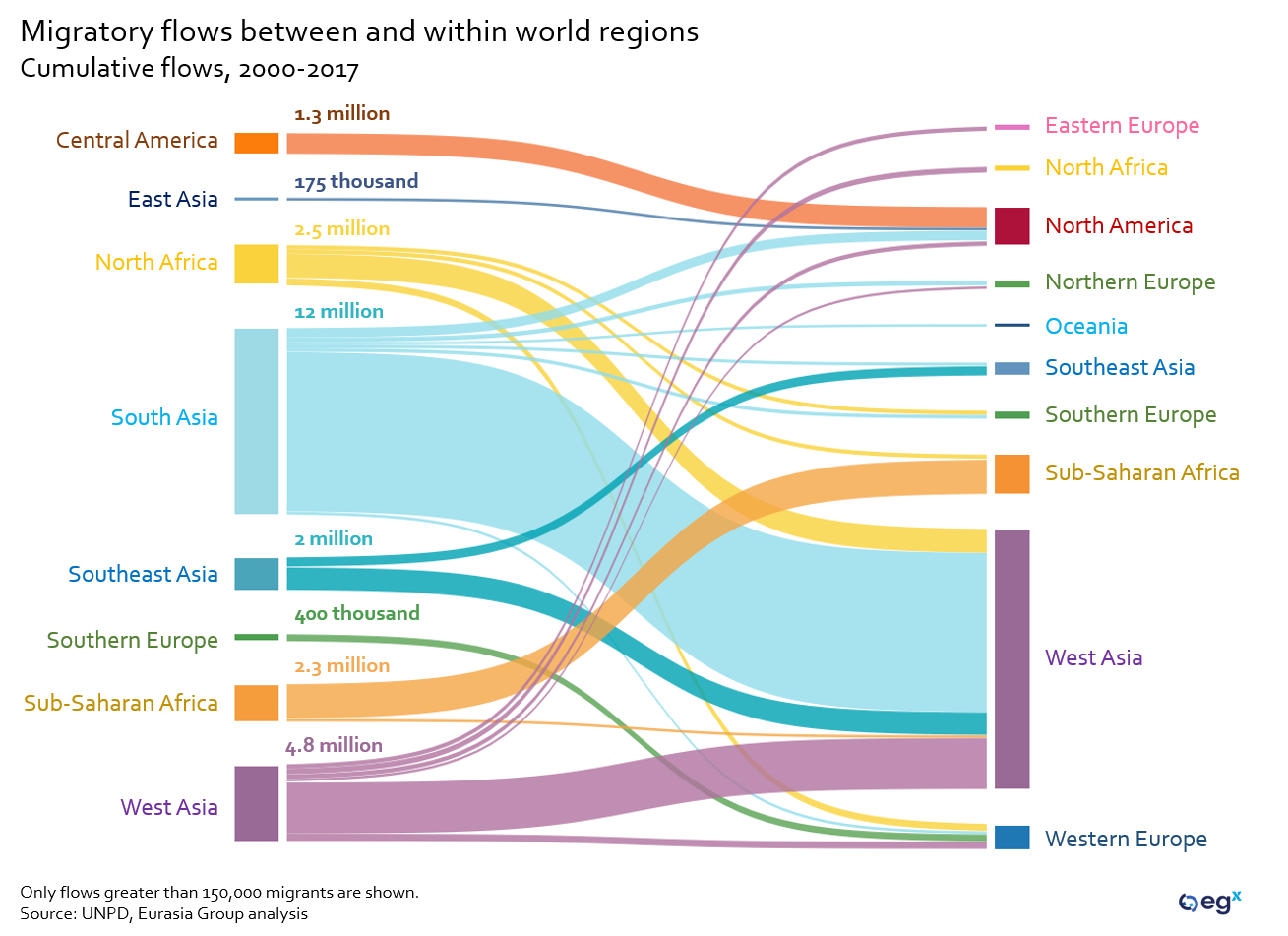
Gobal trends and issues
On the global scale, there was a number of issues that seized headlines and drove global conversations.
A much-publicized UN report analyzed the impact of global warming past 1.5°C, or 2.7°F, above pre-industrial levels. The report stated that failing to meet the 1.5°C goal will drastically exacerbate and amplify the consequences of climate change.
|
The rapid pace of industrial automation continued across the globe, forcing governments to balance the economic benefits of automation with its potentially-negative social consequences. Countries with the highest levels of vulnerability to automation's consequences will combine large youth populations, low per-capita incomes, and weak government institutions.  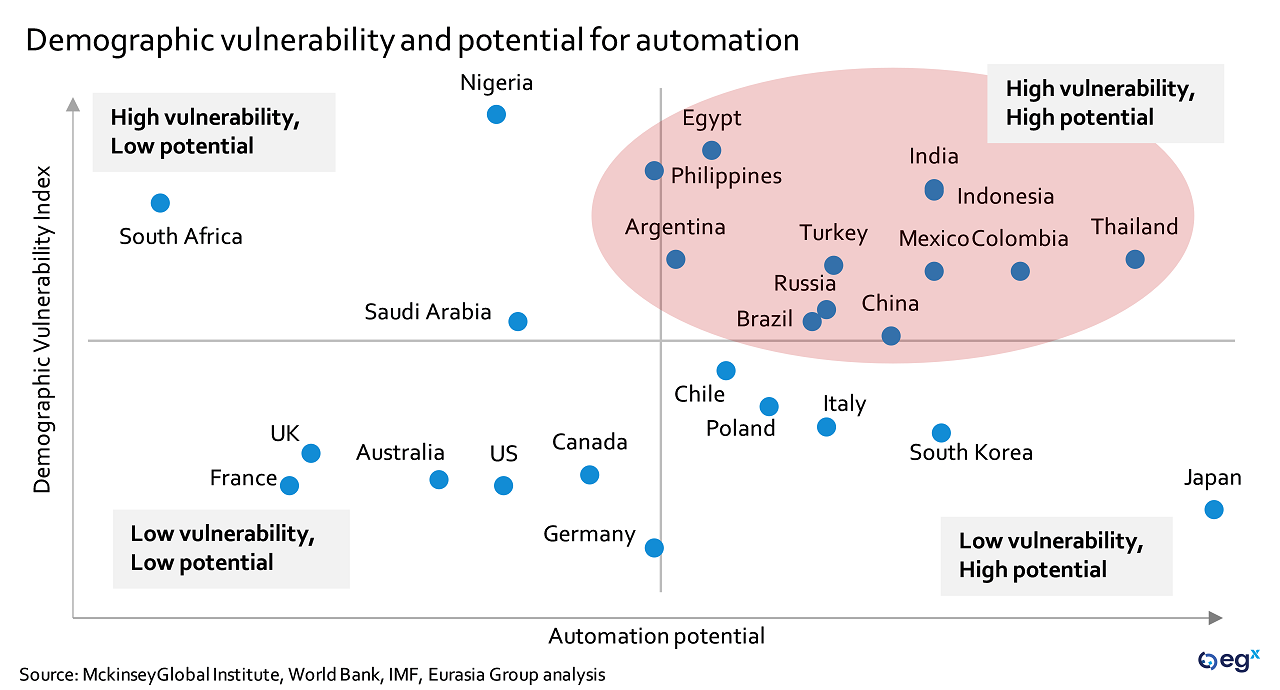 |